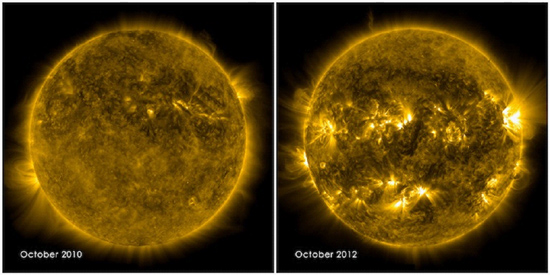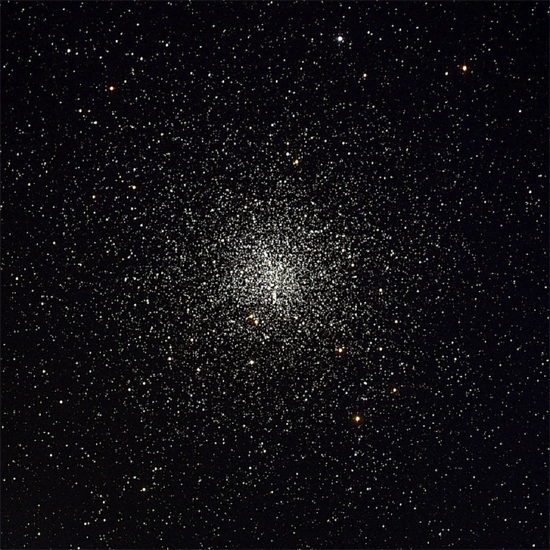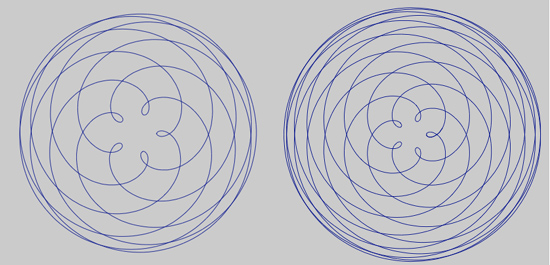Year: 2012
Red Herring
Thunderbolts of the Gods – Official Movie

The 2004 documentary, “Thunderbolts – the Tutorial” has introduced hundreds of thousands of inquirers around the world to the basic concepts and principles of the Electric Universe. The Thunderbolts Project’s principal figures, including David Talbott, Wal Thornhill, and Don Scott, provide a compelling overview of the convergence of their respective works,…
Another Year
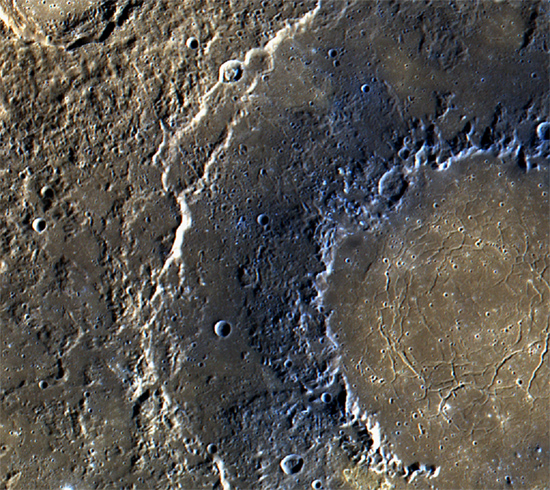
Dec 27, 2012 The MESSENGER spacecraft has recently been approved for an extended mission in Mercury orbit. The Mercury Surface, Space Environment, Geochemistry and Ranging (MESSENGER) spacecraft was launched from Cape Canaveral on August 3, 2004. On March 17, 2011 MESSENGER entered orbit, initiating a yearlong study of the Solar System’s…
Stars That Will Not Explode
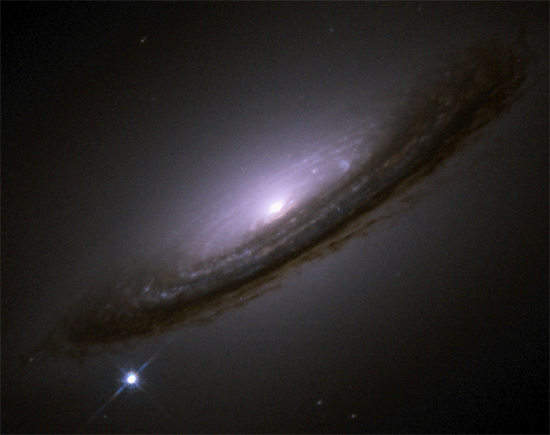
Dec 26, 2012 NASA computer simulations are not able to correctly model supernova explosions. Contemporary astrophysical models of stellar evolution rely on the mechanical action of cold gas collapsing from gravitational impetus. Stars are seen as whirling vortices of compressed matter heated to fusion temperatures by pressure, alone. Clouds…
Arc Mode Discharge
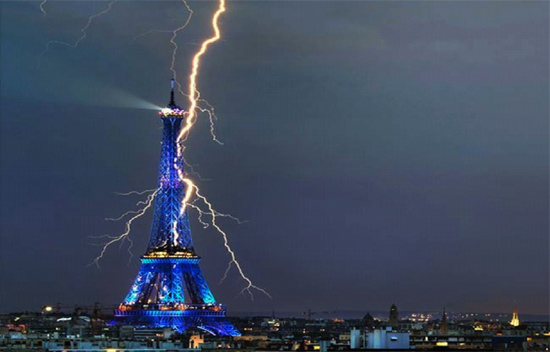
Dec 24, 2012 Glass, plastics, and various metal oxides are efficient dielectric insulators. Dry air is another example. Lightning is not well understood. The most common interpretation involves the circulation of water vapor up and down through clouds in a process called convection. Water is heated by the Sun until…
Will the World End on 21st December 2012?
Galactic Fireballs
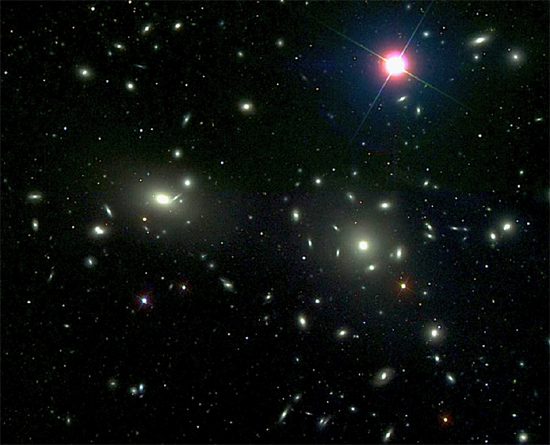
Dec 19, 2012 Images of the Coma Cluster from the Subaru Telescope reveal galactic filaments connecting bright “knots” of ionized gas. According to redshift calculations, the Coma Cluster is a sphere of galaxies 3.5 million light years in diameter over 300 million light years from Earth. The cluster is…
Traditions of Science
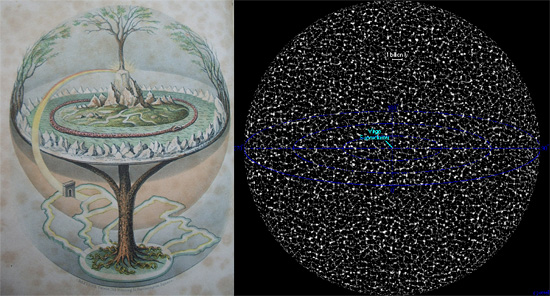
Dec 18, 2012 Science and folk tradition are supposed to be strictly separate domains of knowledge, but in practice they often shade into each other. The image shown above right attempts to map the entire visible universe. The galaxies tend to collect into vast sheets and superclusters of galaxies surrounding large…





